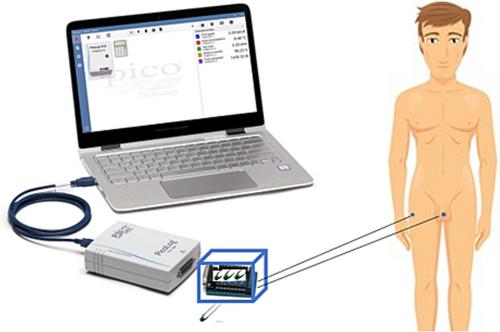‘Staying Hot’: Investigating the influence of overnight conditions on the penile skin temperature during male sexual arousal—A novel methodology for nocturnal erection detection
Abstract
Objective
The objective of this study is to assess the impact of overnight environmental conditions on erectile penile temperature within a controlled setting, with the aim of investigating the feasibility of using temperature measurements for nocturnal erection detection in erectile dysfunction diagnostics.
Subjects/patients and methods
We conducted a proof-of-concept study involving 10 healthy male participants aged 20 to 25. The study was carried out at the Department of Urology, St. Antonius Ziekenhuis, the Netherlands. Penile temperature thermistor measurements were taken during visually aroused erections of participants in naked state and in simulated overnight condition (underwear and blankets). Main outcome variables were peak and baseline temperature during erectile periods. To minimize the impact of differences in erectile strength and duration between consecutive measurements, we applied randomization to the order of the environmental conditions.
Results
We observed a significant increase in penile temperature during erection in both the naked (p < 0.01) and simulated overnight condition (p < 0.01). The mean temperature increase was 1.70 and 0.67°C, respectively. While penile temperature returned to baseline immediately after naked erections, the ‘Staying Hot effect’ was noted in the simulated overnight condition measurements, where the temperature remained elevated at peak temperature for the entire 30-min period following the erection.
Conclusions
The findings from this study indicate that the penile temperature not only significantly increases during naked sexual arousal but is also detectable under simulated overnight conditions. This underscores the potential of using temperature measurements for nocturnal erection detection, representing a crucial initial step in developing a modernized, non-invasive sensor system for ambulatory erectile dysfunction diagnostics. Further research, including an overnight study, is needed to gain insights into the feasibility of utilizing penile temperature measurements for nocturnal erection detection and to assess the impact of the ‘Staying Hot effect’ on subsequent erection detection.


 求助内容:
求助内容: 应助结果提醒方式:
应助结果提醒方式:


